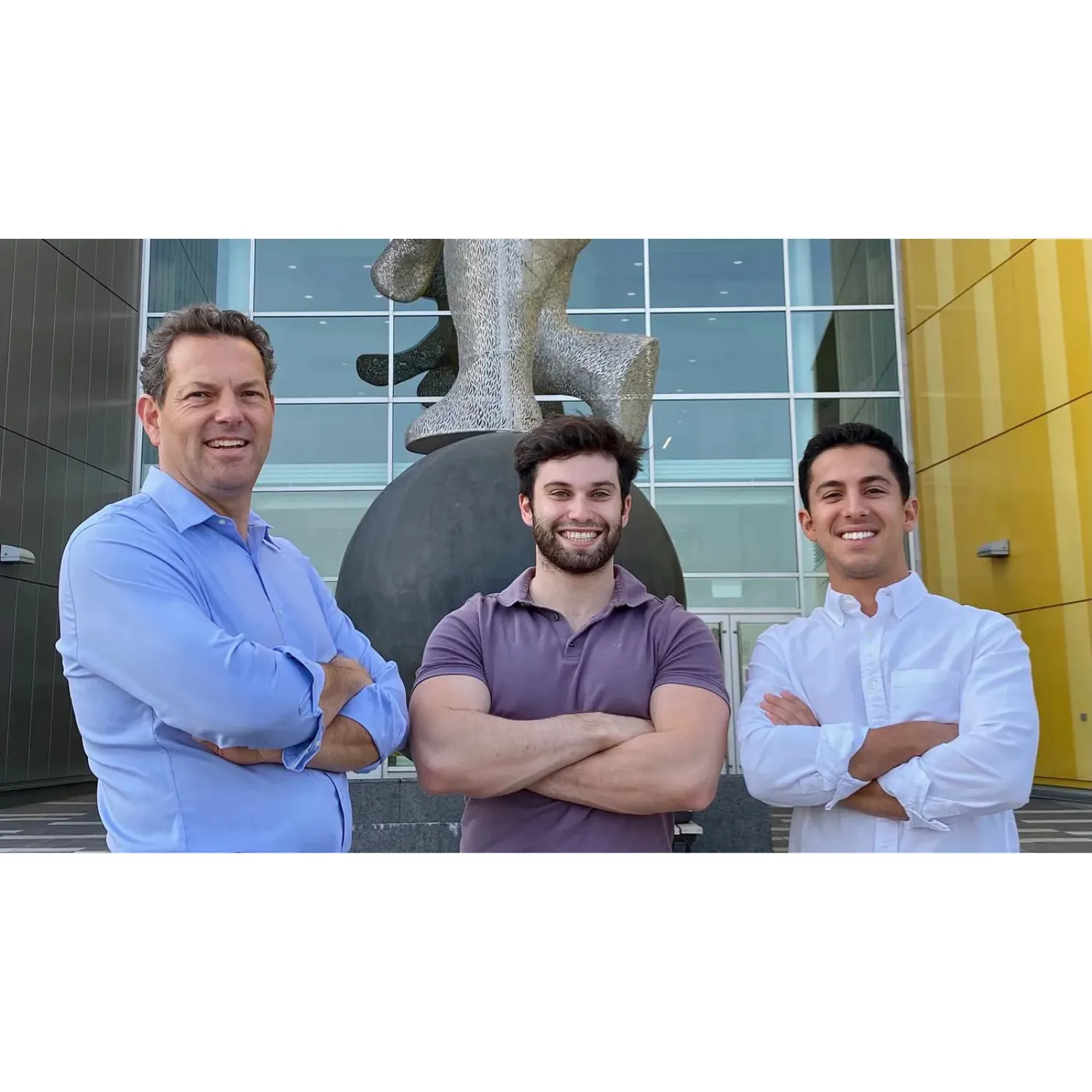
Reading Time
8 min.
Published
Nov 18, 2022
Using New Camera Tech to Help Scoliosis Patients Avoid Harmful X-rays
The team of Canadian and Dutch founders leveraged technology called photogrammetry in order to make scoliosis monitoring fast and safe for millions of patients.
Written By
StartUp Health
Challenge
Often in business, the goal is to keep ahead of the curve. When it comes to the new telehealth company Momentum Health (formerly SeeSpine), that goal is literal. Adolescent Idiopathic Scoliosis (AIS), that curve of the spine your gym teacher might have checked for in elementary school, is the most prevalent spine deformity, affecting 1–3% of children (a million annually) in North America. And when it comes to treatment, every degree you can prevent the spine from curving helps.
The problem is that scoliosis can be hard to diagnose. Children aren’t regularly screened for the condition and their growth fluctuates wildly during childhood and early adolescence, meaning a curve that seems stable might dramatically change in a short amount of time. Catching a curve early is imperative: 75% of spinal curvature can be slowed or stopped through the use of a brace. While surgery is an option, it is incredibly invasive.
Even if a case of AIS is identified, monitoring its progression brings a whole other raft of challenges. The standard of care for tracking progression is four X-rays a year. Not only does this expose young patients to the harmful effects of radiation with some devastating results–for example, women with scoliosis are twice as likely to develop breast cancer later in life–but it also comes with a high rate of human error for reading these results. When a provider who isn’t skilled at treating scoliosis reads the X-ray there is an estimated 25% error rate.
This puts patients in a bit of a Catch-22 when it comes to their condition: their only option to effectively track and stabilize their curvature to prevent an invasive surgery involves risking their health through repeated X-rays — X-rays that might then be misread. The pervasive mood on chat boards devoted to scoliosis can be a sense of powerlessness; patients wish they could know what was happening to their spines while they wait six months for their next X-ray or wish they could just DO something, anything, to have more ownership over what is happening to them.
Source